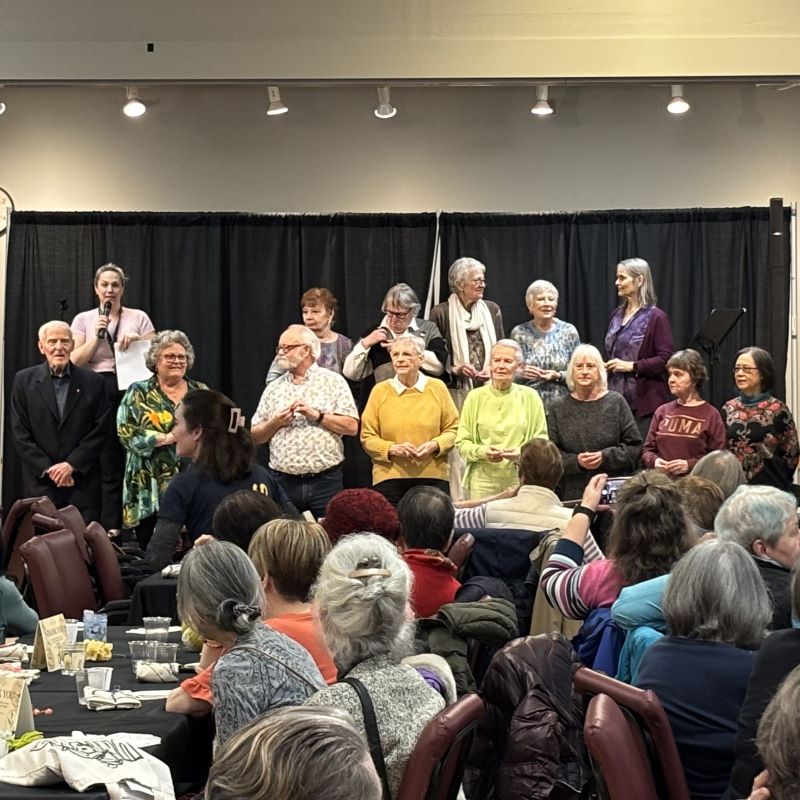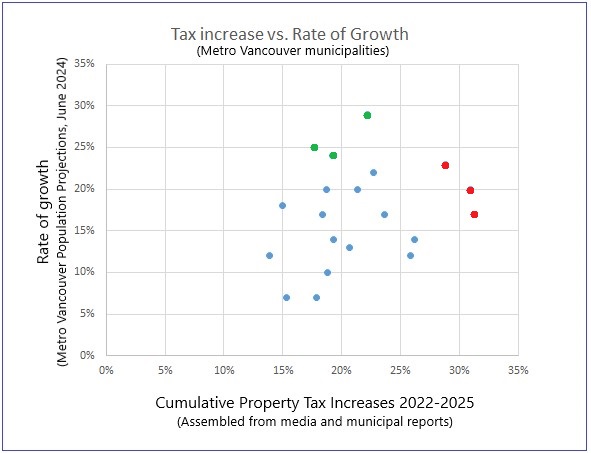We had our now-semi-annual Council Meeting in Queensborough this week. It was good to see a full house, as often happens when we cross the bridge and set up in the ‘Boro. We had quite a few delegations, but a relatively short agenda, starting with moving these items On Consent:
Construction Noise Bylaw Exemption Request: 330 East Columbia Street (Royal Columbian Hospital Redevelopment Project)
Road works related to the Royal Columbian Hospital project are ongoing, and there is some work that needs to be done outside of regular construction hours for various traffic management and access reasons. Notice will be sent to the neighbourhood.
Next Generation 911 Base Funding Grant Application to the Union of British Columbia Municipalities
As the entire country shifts to “Next Gen 911”, it will require a lot of technological changes in house for our first responders. There is a grant program facilitated by UBCM to help us pay for this, and we are applying for the grant, which requires a Council motion to commit to do what we are funded for if we get the funding.
Zoning Amendment and Housing Agreement (65 First Street): Bylaws for First, Second and Third Readings
There is a low-rise strata building at the east end of downtown that had some serious maintenance issues, enough that the owners decided to wrap up the strata and sell to a developer. A couple of years later, here is the development. It comprises two towers on a podium of townhouses, a 35-storey tower with 299 purpose built rental units and 30 below market affordable housing homes to be managed by the YWCA. The second 30-storey tower will have 304 strata condos.
Both buildings will meet the family friendly housing policy unit mix, the project is compliant with the City’s Official Community Plan, and was generally favored by the Design Panel and Downtown RA.
The City will get about $4.3M in density bonus cash above the DCC contributions required to fund infrastructure needs. There is much less parking that typical of a project this size, but being within the new Transit Oriented Area zone, provincial regulation prevents us from demanding more parking in a residential building.
There were both applicant-led and city-led consultations, in person and on-line. There was not a large amount of response, with some concern about the density and lack of parking. Council unanimously supported this project and gave the rezoning third reading.
Zoning Bylaw No. 6680, 2001, Miscellaneous Amendments Bylaw No.8495, 2025
As our Zoning Bylaw is constantly being updated and speaks to various other local and provincial regulations, we occasionally have to do these omnibus updates to clarify language and align with the language in other bylaws. This amendment doesn’t change policy, it just updates the text to remove redundancies or contradictions.
The following item were Removed from Consent for discussion:
10-year Anvil Review Recommendations Update
As the Anvil Centre hit its tenth anniversary, and as there is more interest in optimizing public space in the downtown, the City went through a review process to determine how best to adapt the use of this prime public space. The review included online and in-person engagement, workshops, drop-in sessions, interviews, and input from several hundred people. There were recommendations made to Council last summer, and this report is an update on where we are with those changes. With the closure of the New Media Gallery, there is a further discussion about the adaptation of that space.
This is still an ongoing process, some increased activation is happening now, but we are anticipating some further discussion about the use of Anvil and inviting more of the public in. Council received this report and referred the report back to a future council meeting to continue the conversation about how we prioritize the recommendations in the July 15 report.
Zoning Bylaw No. 6680, 2001, Storage Amendments Bylaw No. 8518, 2025
As discussed last meeting, staff are asking Council to assert a little more control over Self-Storage business developments in three zones in the City. I pulled this from consent and asked that staff provide Council some options around exempting two properties that are already in process (based on some correspondence Council received from applicants). This required a change in the Bylaw language that Council will have to consider before giving the first three readings, so this will come back in a future meeting.
Zoning Bylaw No. 6680, 2001, Multiple Unit Residential Storage Requirements Amendments Bylaw No. 8519, 2025
Somewhat related to the above, we are adding to the requirements for storage in new mutli-family buildings, because storage space is an ongoing concerns for families living in apartments during a crises when so many families are under-housed. This will not of course impact the current housing stock, but it will make new builds a little more roomy.
Finally, we had one Motion from Council:
Inventory of Municipal Arts and Culture Indoor and Outdoor Spaces
Councillor Campbell
WHEREAS the arts and culture sector plays a crucial role in contributing to New Westminster’s local economy, promoting New Westminster’s tourism, and enriching community belonging and connections; and
WHEREAS it is important for the arts and cultural sector to have a comprehensive and centralized inventory of the availability and condition of indoor and outdoor spaces dedicated to arts and culture in the community;
THEREFORE BE IT RESOLVED THAT staff prepare an inventory of all municipal indoor and outdoor spaces within the city that are suitable for arts and cultural use, including but not limited to:
Public spaces utilized for arts events, performances, exhibitions, and installations; indoor venues such as galleries, theaters, performance halls, studios, and creative spaces; outdoor venues such as public plazas, parks, and other open-air venues used for arts programming as well as an any available data on capacity, site amenities, accessibility descriptions and types of arts programming possible in these spaces.
This is something the Arts community and event organizers have been asking for. Especially as we have many new residents and many new artists and organizations hoping to make fun things happen in the City, there really isn’t a single source of info about where you can make happenings happen. Council unanimously supported it.












